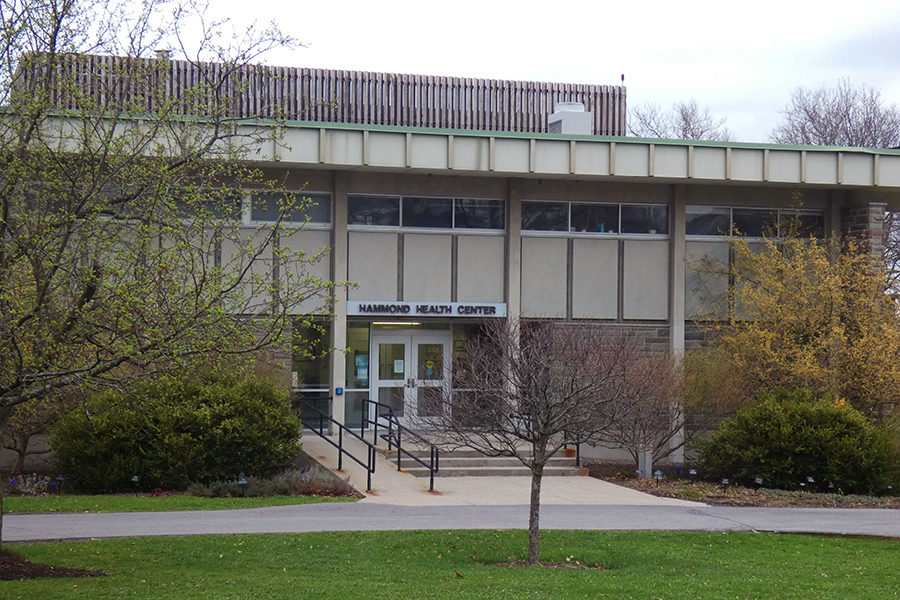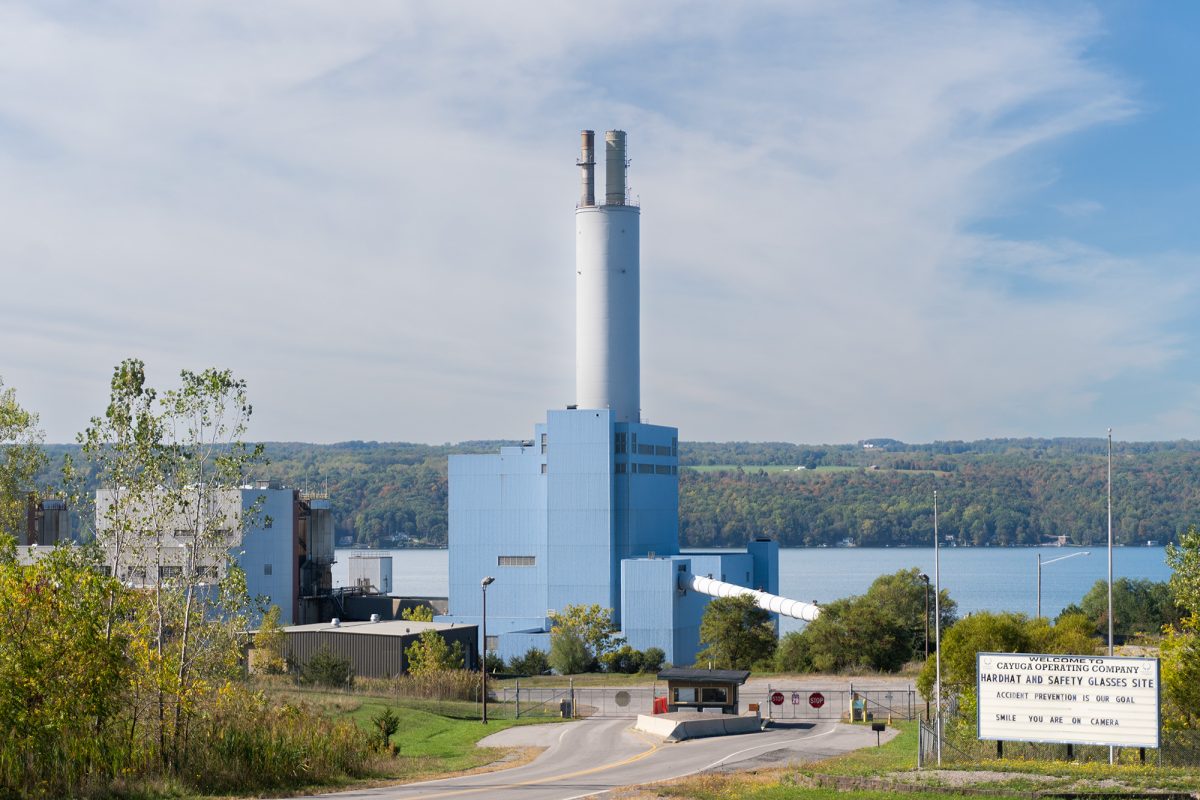Despite a notable drop in vegetable crop production this year, one crop prevailed the dry season: pumpkins.
With a severe drought in the region earlier this year, many farmers in Ithaca and across the nation suffered a loss of crops. Farms in Ithaca like Little Tree Orchards saw a loss of 70 percent of their crop, and Family Farm had almost no apple production.
But pumpkins liked it hot and dry. The abundant sunlight and monitored irrigation by farmers generated more and better quality pumpkins this season, Stephen Reiners, associate professor of horticulture at Cornell University, said. Most growers will prefer a dry year to a wet year, because irrigation can be controlled during a dry season.
“Parts of New York last year saw their pumpkin crop float away,” he said. “This year has just been a beautiful year; we had healthy crops, little disease [and] farmers didn’t have to spray that much, because we didn’t have that much disease.”
Early Morning Farms, in Genoa, N.Y., sells pie pumpkins. Anton Burkett, owner and general manager of the farm, said last year the crop yields per acre were lower.
“We had a dry summer last year, but the fall was kind of wet earlier than this year,” he said.
Burkett said his farm, which produces crops organically without the use of pesticides, saw no sign of rotting in the pumpkins this year, which has been the case in previous years.
Eddydale Farm Stand, which is located in Ithaca, saw its production of pumpkins increase by at least 50 percent, Stephen Eddy, who runs the farm, said.
“Drought was early, and the pumpkins got planted later, so that is why it didn’t affect them so much,” he said. “Quality was about as good as you can get.”
Nationally, average retail prices for pumpkins this fall ran as much as 25 percent below the same period in 2011, according to the U.S. Department of Agriculture. This is due to the higher number of pumpkins available for sale after the successful season, Reiners said.
New York state also is a big producer of Jack-O-Lantern pumpkins, and in the past two years has lead the nation in the value of the crop, Reiners said. For growers, the pumpkin season is the last chance to make profit, he said.
“It might be the last thing they’re selling for a season, and that can make or break the year that they’re having,” Reiners said. “If it’s a good pumpkin year for them, it might make all the difference in terms of how profitable they’re going to be.”
This article was originally produced in Multimedia Journalism class.








